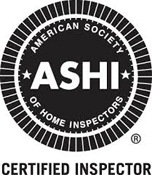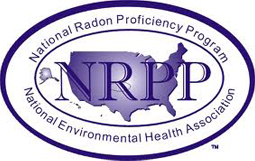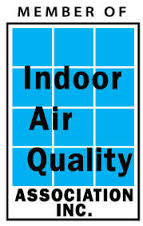
Volatile Organic Compounds (VOCs) are a large group of chemicals that are commonly found in building products we use to build and main our homes. They are also found in a large number of day to day household products such as paint, varnishes, flooring, upholstery, foam, furniture, air fresheners, cleaning products, cosmetics, fuel, oil, gasoline, office equipment such as copiers, printers, correction fluids, glues, adhesives, permanent markers, and much more.
These chemicals are released into the air we breathe, and may cause health issues to some individuals. Some of the most common health symptoms are eye, nose, and throat discomfort, headaches, nausea, vomiting, dizziness, fatigue, worsening of asthma, liver and kidney damage, and damage to the central nervous system.
Although the Occupational Safety and Health Administration (OSHA), and the National Institute for Occupational Safety and Health (NIOSH) have developed exposure limits to VOCs, there are no federal based standards for safe levels of VOCs. If you are suspecting that you are having health symptoms associated with exposure to VOC’s, it is best to limit the exposure to products that could be contained with VOCs.
The best way to reduce the levels of VOCs is without a doubt to improve the ventilation in the building. This is typically done by increasing the volume of fresh outside air into the building. Some other important steps are to throw away unused or opened containers, do not store unused paint, varnish, gasoline, oil, or other chemicals in the living areas of your home, make sure that air from the garage will not leak into the living space (chemicals and other toxic products or materials are often stored in the garage).
You can also test your home or commercial building for unusually high levels of VOCs. The test results will be compared to The USEPA Generic Air Screening Level Summary Table, and NISOH and OSHA’s Exposure Limits.
The sampling procedure includes drawing a known volume of air into an evacuated fused silica-lined steel canister. The canister will be analyzed by an accredited laboratory, and the testing period is typically 8 to 24 hours. The turnaround time is typically two weeks.
Give Nordic Environmental a call any time to ask questions and discuss your concerns.
Resources:
https://www.epa.gov/indoor-air-quality-iaq/volatile-organic-compounds-impact-indoor-air-quality
http://www.health.state.mn.us/divs/eh/indoorair/voc/
https://www.osha.gov/dts/sltc/methods/partial/pv2120/pv2120.html






